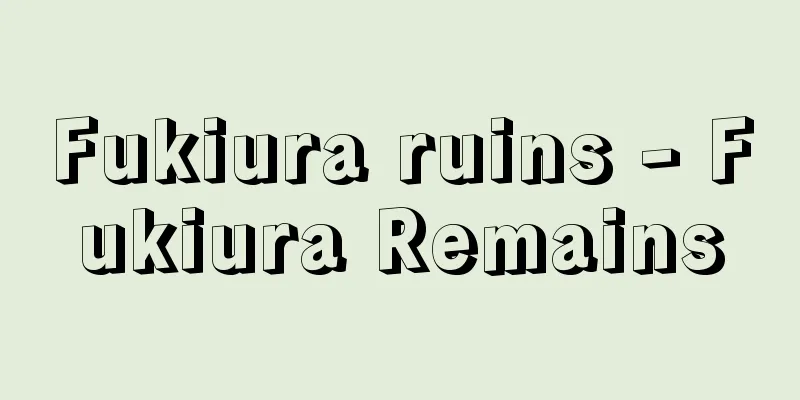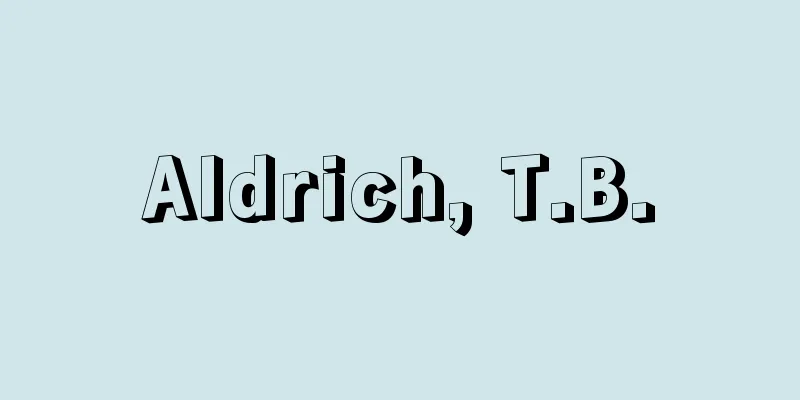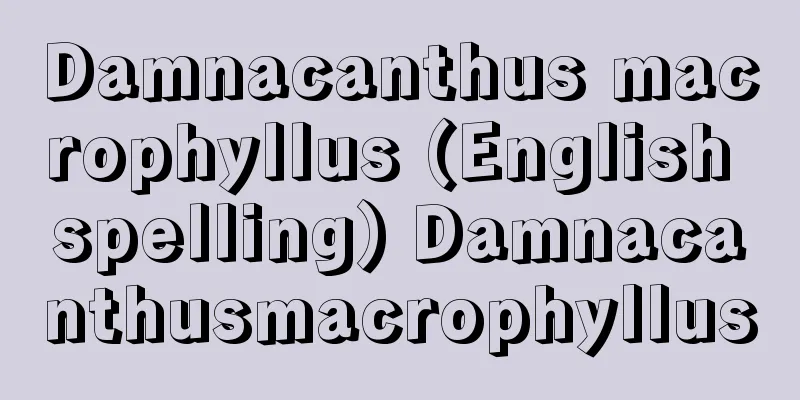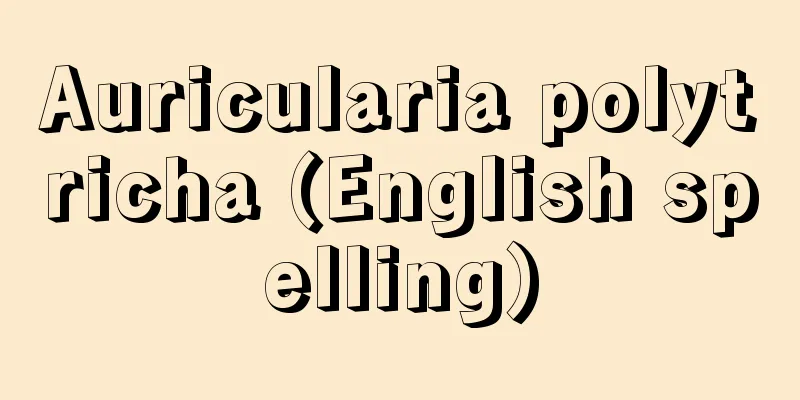Fukiura ruins - Fukiura Remains

|
The remains of a settlement from the late Early to early Middle Jomon period are located on the plateau on the north bank of the Ushiwatari River in Fukura, Yuza Town, Akumi District, Yamagata Prefecture. Between 1951 and 1953, the Chido Museum conducted four surveys, uncovering remains of dwellings, pits, stone tool production sites, caves on the cliffs, and a small shell mound mainly containing Yamato Corbicula. The pottery includes long-bodied deep bowl-shaped pottery and spherical bowl-shaped pottery, and is referred to as Fukura-style pottery with this site as a landmark. It was thought to be a contact type between the cylindrical culture of northern Tohoku and the Oki culture of southern Tohoku, but subsequent studies have led to it being considered a group of pottery mainly of the Oki style with some influence from the cylindrical culture. Stone tools include arrowheads, spears, weights, grinding stones, whetstones, and earrings, showing the characteristics of the Early Jomon period. Animals such as stone turtles, whales, wild boars, and deer, and plants such as Japanese walnuts and chestnuts were also found. In 1983 and 1984, the Yamagata Prefectural Board of Education conducted a reinvestigation in conjunction with the construction of a bypass, and in addition to the remains of Jomon pit dwellings and numerous earth pits, the remains of pit dwellings and large post-hole buildings from the early Heian period were confirmed, suggesting the existence of a base settlement. Omonoki Shrine and Jingu-ji Temple are located near the site, and according to the Sandai Jitsuroku, in June 885 (the first year of the Ninna era), a stone arrowhead was discovered at Nishihama, Jingu-ji Temple, Akumi County, Dewa Province, and there is an article about an offering made to Omonoki Shrine in connection with this. The connection with the Fukiura ruins has attracted attention, and it is interesting to note that the discovery of a stone arrowhead is recorded as a natural disaster in an official history from the 9th century. Source: Encyclopaedia Britannica Concise Encyclopedia About Encyclopaedia Britannica Concise Encyclopedia Information |
|
山形県飽海郡遊佐町大字吹浦 (ふくら) ,牛渡川北岸台地上にある縄文時代前期末葉~中期初頭の集落跡。 1951~53年に致道博物館が4次の調査を行ない,台地上から住居跡,袋状土坑,石器製作跡,台地崖面から洞穴,ヤマトシジミ主体の小貝塚を発見。土器には長胴の深鉢形土器と球胴の鉢形土器があり,当遺跡を標識として吹浦式土器と呼ばれ,東北北部の円筒式文化圏と東北南部の大木式文化圏の接触型式とされていたが,その後の検討で大木式系を主体に一部円筒式の影響を受けた土器群と考えられている。石器は鏃 (やじり) ・槍・錘・擦切磨製石斧 (せきふ) ・砥石 (といし) 等のほか 玦 (けつ) 状耳飾りが見られ,縄文前期の特色が見られる。イシガメ・クジラ・イノシシ・シカ等の動物,オニグルミ・クリ等の植物も検出された。 83,84年にはバイパス工事に伴い山形県教育委員会が再調査し,縄文期の竪穴住居跡,土坑多数のほか,平安時代前期の竪穴住居跡,大型掘立柱建物跡が確認され,拠点集落の存在が推定される。遺跡近くには大物忌神社や神宮寺があるが,『三代実録』によれば,885 (仁和元) 年6月,出羽国飽海郡神宮寺西浜の地で石鏃が発見され,それに関連して大物忌神社に奉幣した記事が見える。吹浦遺跡との関係が注目され,9世紀の正史に天変地異として石鏃発見の記録があることは興味深い。
出典 ブリタニカ国際大百科事典 小項目事典ブリタニカ国際大百科事典 小項目事典について 情報 |
Recommend
Bellini, J.
…For two generations, father and son played a lea...
run-of-mine ore
…In other words, in the broad sense, ore dressing...
Loxoblemmus
…General term for insects belonging to the genus ...
Decomposition voltage - Decomposition voltage
When an electrolyte solution or molten salt is el...
Maranta euconeura (English spelling)
… [Takabayashi Masatoshi]. … *Some of the termino...
Sotetsu
A Chinese politician and man of letters from the ...
Brotula multibarbata (English name: Brotula multibarbata)
A marine fish of the family Ophidiidae in the orde...
"A Walk of the Viennese Poet" - A Walk of the Viennese Poet
…He attended the Frankfurt National Assembly in 1...
Fire Haori
〘Noun〙 A haori coat worn in the event of a fire in...
Restoration paper fee - Kangonshiryo
A historical research essay from the late Edo peri...
Ritsu sect
A Buddhist sect. It is one of the thirteen school...
Ketyl
This refers to the anion radical of a carbonyl co...
Ohara Museum of Art
An art museum in Kurashiki, Okayama Prefecture. I...
Social formation (English spelling) (ökonomische) Gesellschaftsformation German
A basic concept for considering the gradual devel...
Lacertidae
…A general term for lizards belonging to the Lace...









